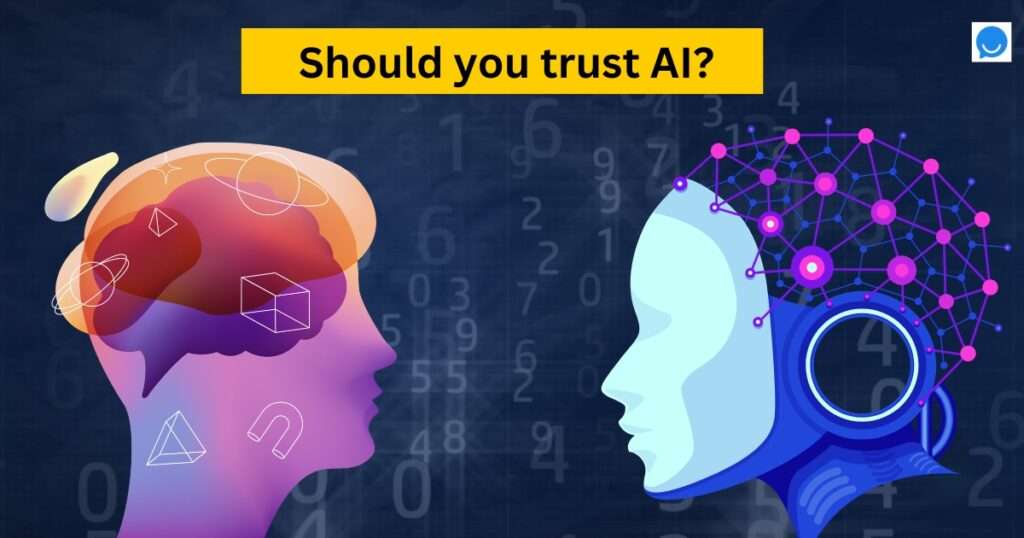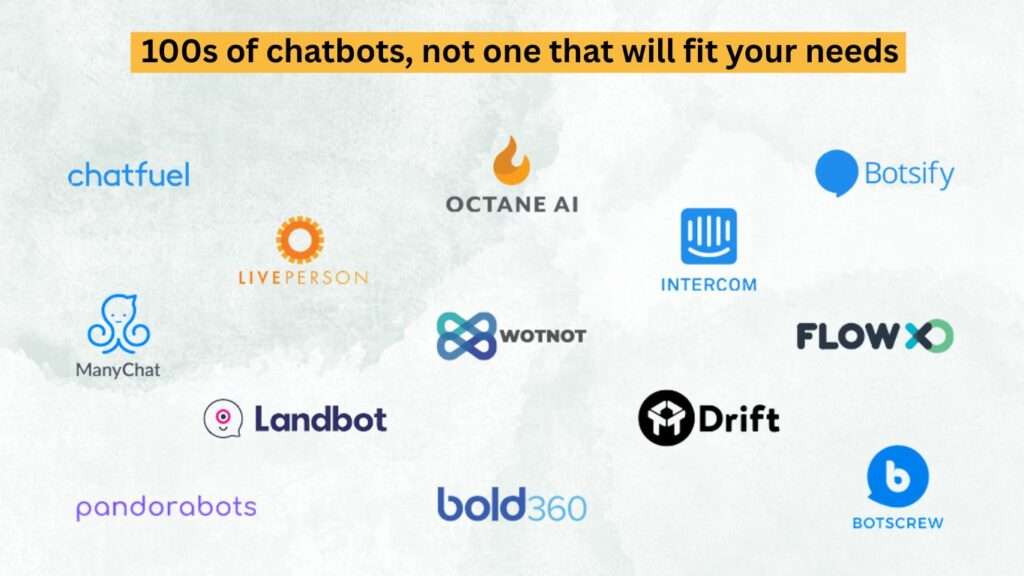
Have you ever thought about why talking to another person feels so special? It’s not just the words we say, but the emotions behind them. Our tone, expressions, and feelings make our conversations meaningful. Now, imagine if machines could understand emotions just like humans. That’s where Emotionally Intelligent AI comes in!
Emotionally Intelligent AI is changing the tech world. Learn how tools like the Beyondchats chatbot bring a personal touch to customer interactions. It’s a type of technology that understands and responds to human emotions, making interactions with machines feel more human. But what exactly is Emotionally Intelligent AI, and why is it so important? Let’s find out together.
What is Emotionally Intelligent AI?
Emotionally Intelligent AI is technology designed to recognize and respond to human emotions. Unlike regular AI, which focuses only on facts and logic, this type of AI can sense feelings and adjust its responses.
For example, imagine a chatbot like Beyondchats chatbot noticing when a user feels upset. It can change its tone to be more understanding and helpful. This ability makes conversations with AI feel smoother and more natural. It can change its tone to be more understanding and helpful. This ability makes conversations with AI feel smoother and more natural.
Why Does Emotional Intelligence in AI Matter?
As we spend more time online, many interactions can feel cold and impersonal. Emotionally Intelligent AI fixes this by adding a human touch. Here’s why it’s important:
- Better User Experience: Emotionally Intelligent AI understands emotions and adapts to them, making interactions more enjoyable. Whether it’s helping with a tech issue or answering a question, it feels more personal.
- Mental Health Support: This AI can recognize signs of stress or sadness and provide comfort or connect users with professional help.
- Improved Learning: In schools, AI can notice when a student feels frustrated and change its teaching style to make learning easier and more fun.
- Stronger Customer Connections: Businesses can use this technology, like the Beyondchats chatbot, to understand how customers feel and offer solutions that build trust and loyalty.
Real-Life Examples of Emotionally Intelligent AI
This isn’t just a futuristic idea—it’s already here! Check out these examples:
- Healthcare: Tools like Woebot help people manage their mental health by chatting with them and understanding their emotions.
- Customer Service: Systems like IBM Watson use emotion analysis to make conversations with customers more empathetic and effective. to make conversations with customers more empathetic and effective.
- Education: Platforms like Querium adapt to students’ emotional states to provide better learning experiences.
- Shopping: Chatbots in online stores, such as those powered by Sentient AI, can sense how a customer is feeling and recommend products that match their mood. how a customer is feeling and recommend products that match their mood.
How Does Emotionally Intelligent AI Work?
Emotionally Intelligent AI uses advanced tools like:
- Natural Language Processing (NLP): This helps AI understand emotional clues in text or speech, like someone saying, “I’m frustrated.”
- Facial Recognition: AI can read facial expressions to detect emotions like happiness or anger. This is useful in video calls or gaming.
- Voice Analysis: By analyzing tone, pitch, and speed, AI can understand emotions in a person’s voice.
- Behavior Tracking: Watching how people behave, like hesitating before clicking a button, helps AI understand their feelings.
Challenges in Building Emotionally Intelligent AI
While this technology is exciting, creating it isn’t easy. Here are some challenges:
- Cultural Differences: Emotions can mean different things in different cultures. AI needs to learn these differences to respond correctly.
- Privacy Concerns: Emotional data is personal. Developers must ensure it’s kept safe and private.
- Getting It Right: Misunderstanding emotions can lead to awkward or wrong responses. Constant improvement is needed.
- Ethical Issues: Developers must use this technology responsibly to avoid crossing boundaries.
The Future of Emotionally Intelligent AI
The future looks bright for Emotionally Intelligent AI. Here are some ways it could grow:
- Healthcare Support: It will help more people manage mental health by offering round-the-clock care and guidance.
- Workplace Tools: AI could help companies monitor employee well-being and create happier work environments.
- Smarter Virtual Assistants: Assistants like Siri and Alexa will become better at understanding context and emotions, making them more helpful. better at understanding context and emotions, making them more helpful.
- Interactive Entertainment: In games and movies, AI could react to the player’s or viewer’s emotions in real time, creating a more immersive experience.
Why Should We Care About Emotionally Intelligent AI?
This technology isn’t just about making machines smarter—it’s about making technology feel more human. It can:
- Build stronger connections in our digital world.
- Help solve problems like gaps in mental health care.
- Personalize experiences in amazing new ways.
As technology improves, emotionally intelligent AI will make sure machines aren’t just efficient, but also empathetic.
Ready for the Future?
Emotionally Intelligent AI is here, and it’s changing how we interact with technology. From helping with customer service to improving education, it’s making our lives better and more connected.
Are you ready to explore this exciting future? The world of Emotionally Intelligent AI is waiting, and it’s going to be amazing.




